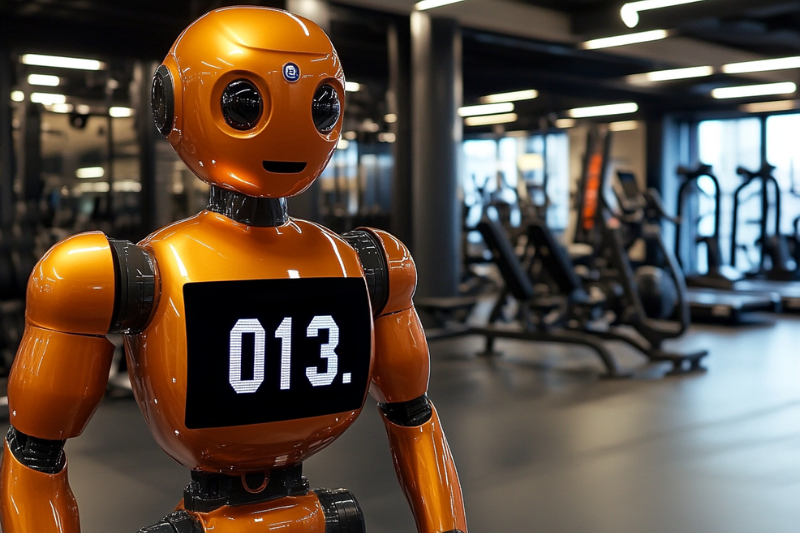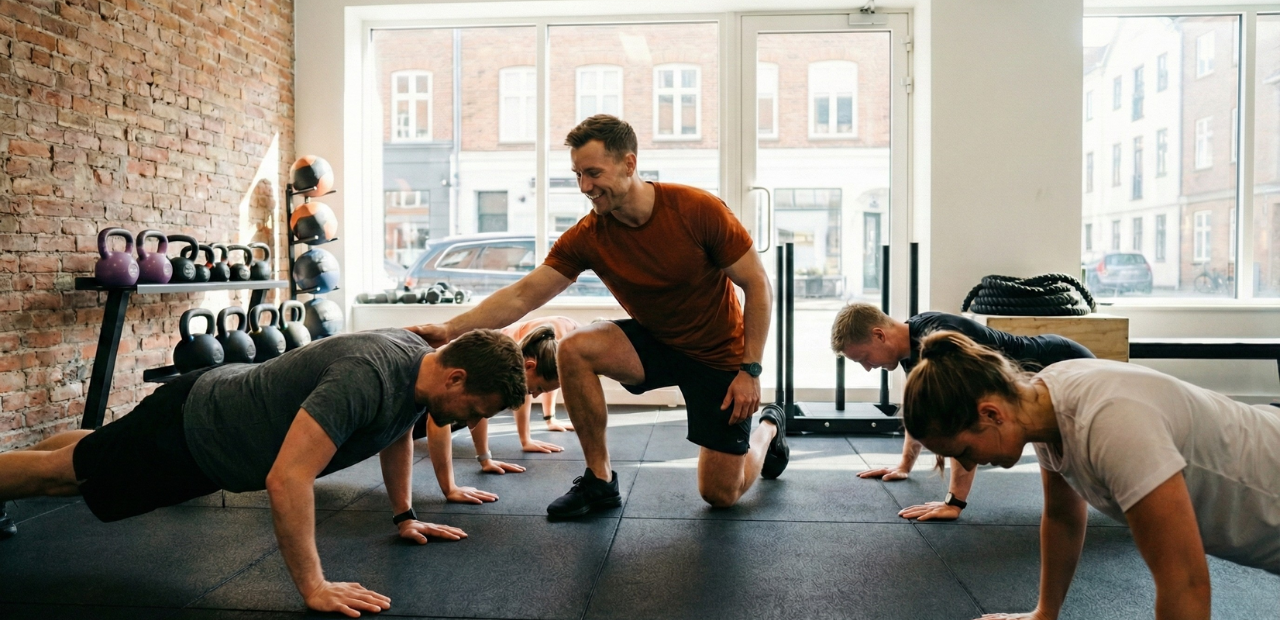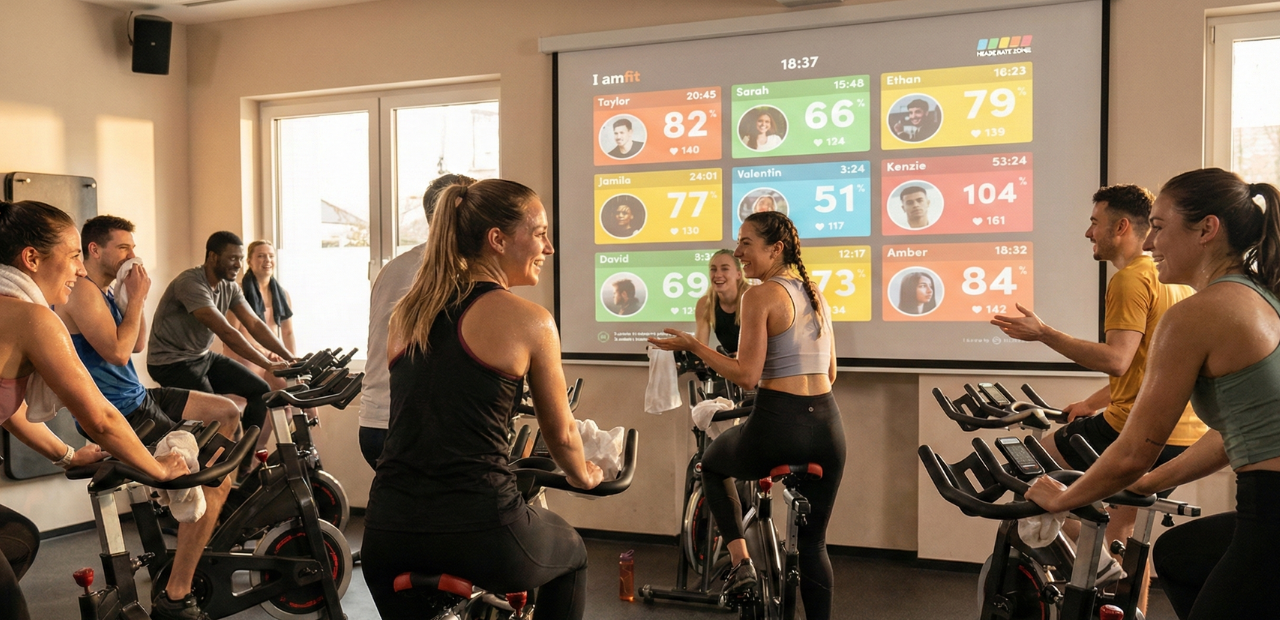In recent years, technology has reshaped nearly every aspect of our lives, and the fitness industry is no exception.
From tracking our steps to counting calories, innovation has quietly revolutionized how we approach fitness training and exercise.
But now, something bigger is happening, artificial intelligence is stepping into the gym, and it’s changing everything.
Gyms are no longer just places filled with weights and machines, they’re becoming intelligent spaces designed to help you reach your fitness goals faster and more effectively than ever before.
In this article, we go into some of the most exciting ways AI is transforming gyms showing us what the future of fitness really looks like.
AI-Enhanced Workout Personalization
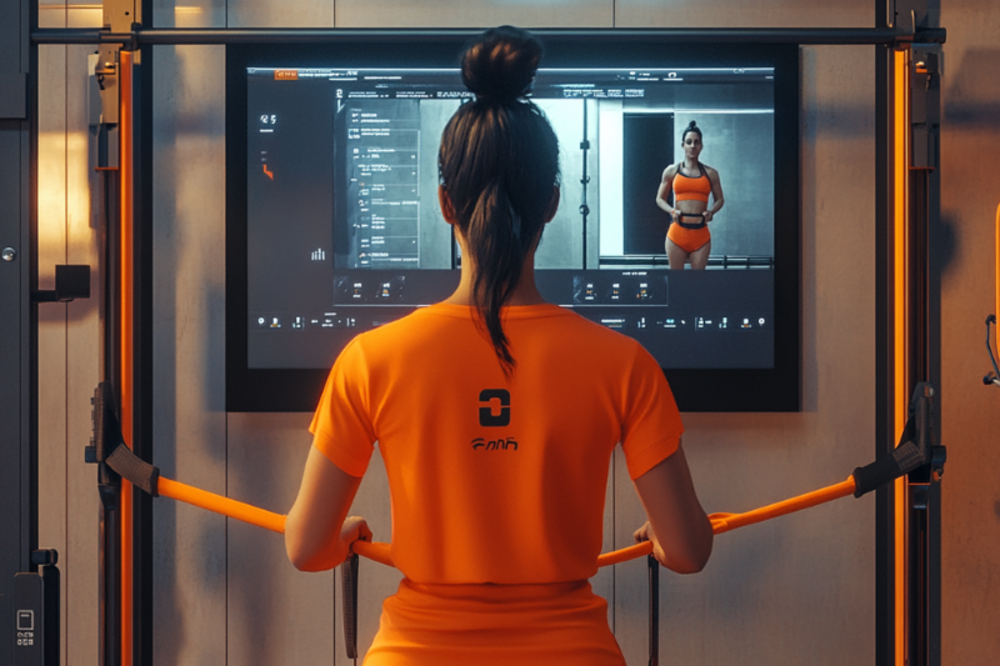
Imagine walking into the gym and knowing that your workout is completely customized to your needs, even before you break a sweat.
That’s what AI does. Gone are the days of generic fitness plans. Today, AI can create personalized workout programs based on your body’s unique requirements and goals.
Whether you’re aiming to lose weight, build muscle, or improve your strength training exercises, AI is working behind the scenes to deliver a plan that’s just right for you.
The magic doesn’t stop there. AI systems now track your workout in real time, analyzing things like your heart rate, movement efficiency, and even how hard you’re pushing yourself.
And it’s not just data for the sake of data, AI algorithms adjust your program on the fly, ensuring that your fitness journey is constantly optimized for progress.
Virtual personal trainers and AI-driven fitness apps guide you as if you had a personal coach, giving you expert advice without the hefty price tag.
One standout example is Virtuagym’s AI Coach, which uses AI to create a personalized workout routine for you.
Based on your performance, it adjusts your plan in real time to keep you challenged and progressing.
Freeletics, another major player, combines AI with bodyweight training, constantly evolving your workouts based on your fitness level and goals.
AI-Powered Fitness Equipment
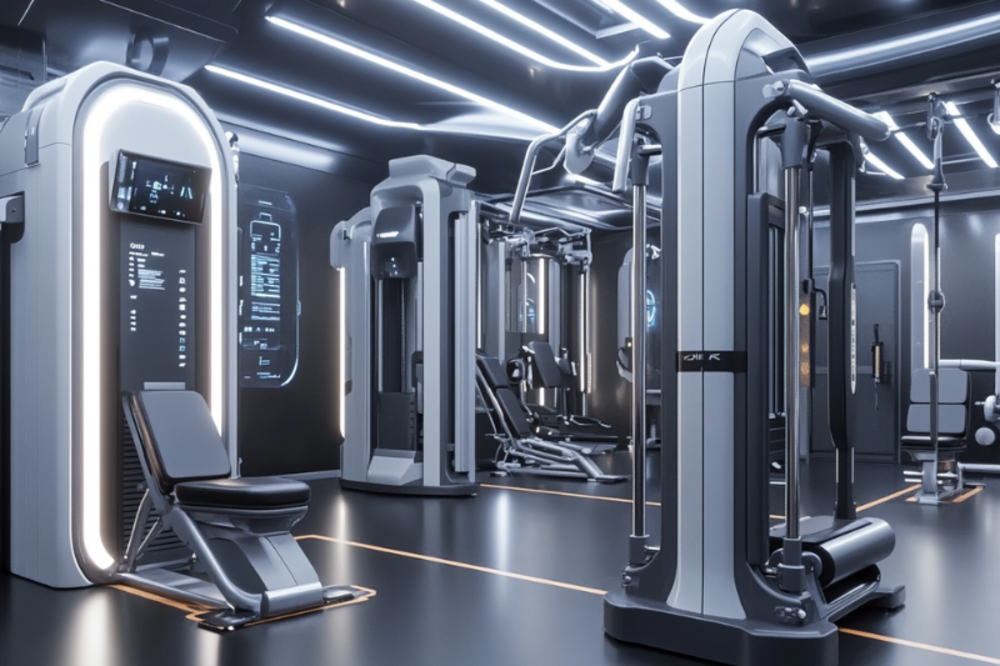
Think about stepping up to a machine that not only knows how much weight you should be lifting but also adjusts itself based on your performance.
That’s the power of AI and machine learning. Fitness equipment is getting smarter, offering dynamic resistance that changes as you move, ensuring that every rep counts.
You no longer have to wonder if you’re doing an exercise correctly, AI-powered machines provide real-time feedback to help you perfect your exercise form, reducing the risk of injury.
For example, Tonal, a smart home gym system, uses AI to adjust resistance and guide your movements with built-in sensors. It analyzes your form and progress to ensure you’re working at the right intensity.
Then there’s Peloton, which has revolutionized cardio workouts with its AI-driven classes, offering personalized training based on your performance and preferences.
AI in Group Fitness Classes
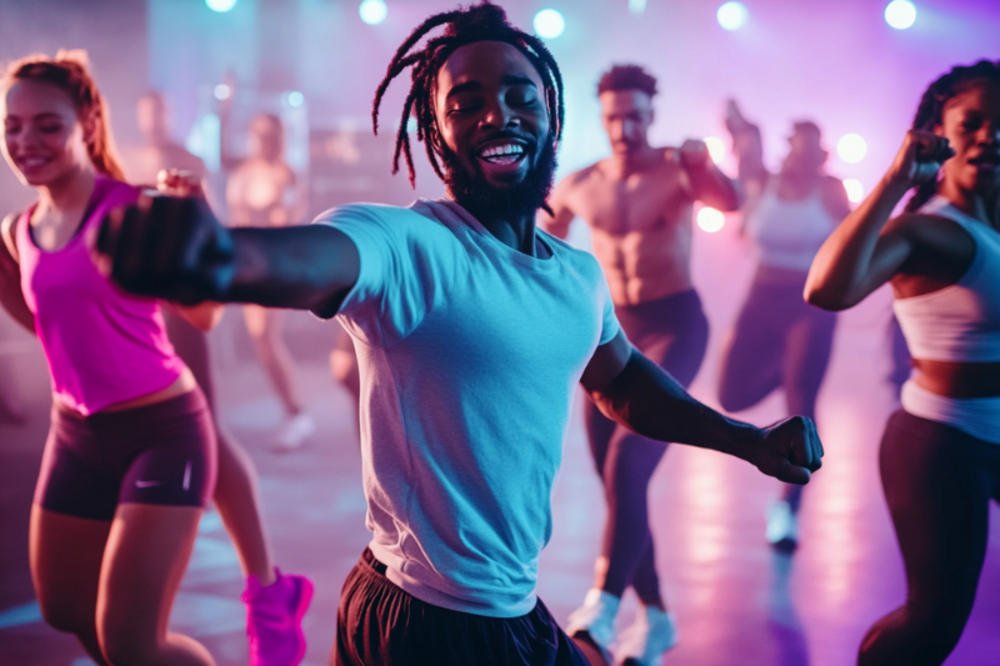
Group fitness has always been about energy, community, and pushing each other to the next level. But now, with AI stepping in, even group workouts are getting a futuristic upgrade.
Imagine being part of a class where a virtual instructor leads the group, ensuring everyone stays motivated and on track.
These AI-powered instructors can create dynamic, engaging workouts that feel just as personal as one-on-one training.
With AI sensors and wearables, participants can receive personalized feedback while working out in a group.
Think about it: you’re in a class with 20 other people, but the AI is analyzing your movements, correcting your form, and adjusting your workout intensity to match your individual needs.
Companies like Lulemon and Les Mills are leading this shift with AI-powered fitness platforms that blend live instructors with smart technology to deliver both motivation and precision.
Also, check out how AI is being used in sports.
Data Analytics for Gym Operations
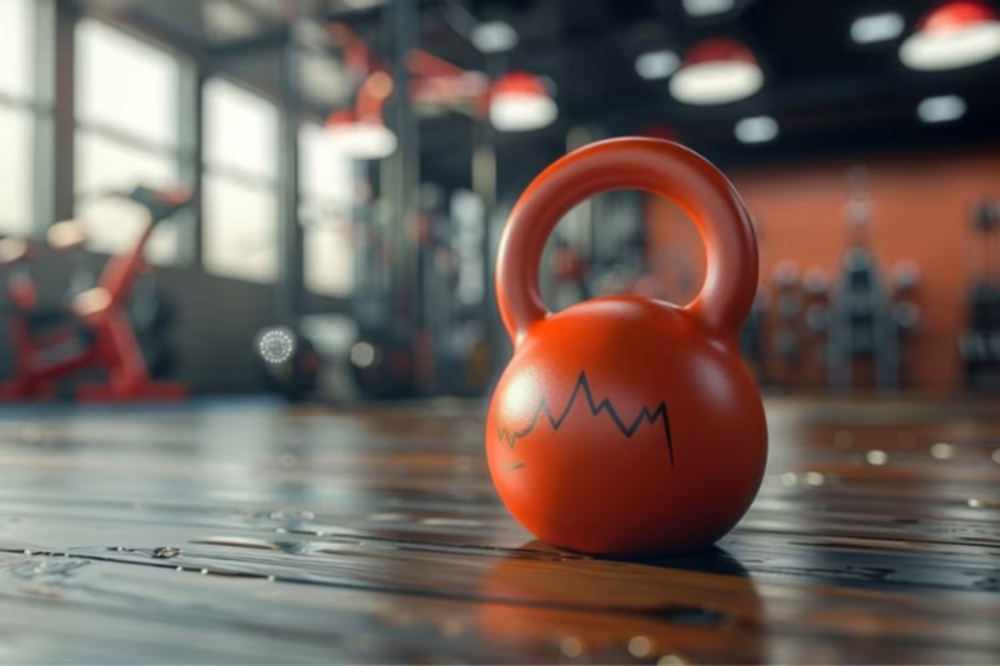
Running a gym is about more than just having great equipment, it’s about optimizing everything from operations to member retention.
And that’s where AI-driven data analytics come in to predict member preferences and optimize class schedules for a more tailored experience.
Gyms are now using AI to analyze membership data, predict customer behavior, and even optimize class schedules.
These insights help gyms understand what their members want and when they’re most likely to show up, creating a smoother, more efficient experience for everyone.
For example, AI can predict when certain machines will be in high demand and adjust schedules accordingly, making sure there’s always space when you need it.
AI also plays a crucial role in retention analysis, helping gyms figure out why members might be leaving and offering strategies to keep them engaged.
By analyzing customer behavior and usage patterns, gyms can take proactive steps to keep members coming back.
On the operational side, AI tools automate equipment maintenance and monitoring, ensuring machines are always in top shape.
Virtual Reality (VR) and Augmented Reality (AR) in Fitness
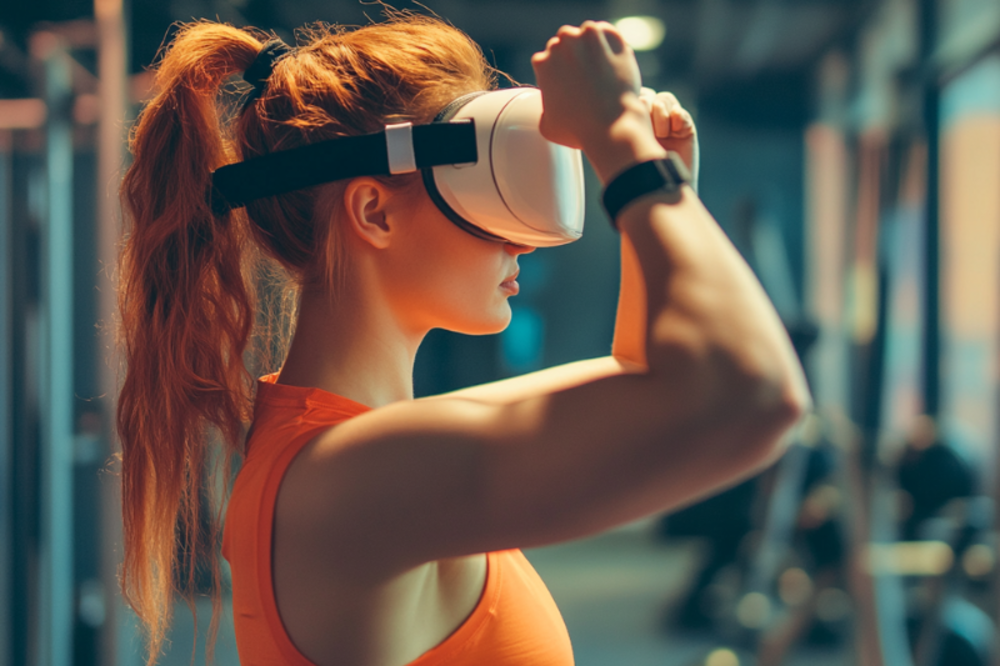
Think about this: Instead of staring at the same old gym walls, you’re transported into a virtual world where your workout becomes an experience, whether you’re hiking up a mountain or sparring with a digital opponent.
With AI-powered Virtual Reality (VR) and Augmented Reality (AR), fitness is becoming immersive, offering more than just exercise but a journey that keeps you hooked.
These cutting-edge tools go beyond traditional workouts by gamifying the process.
You’re not just going through the motions; you’re earning points, competing in fitness challenges, and setting personal records, all while AI adjusts your fitness routines based on your progress.
Companies like Supernatural and Holodia are leading the way, transforming mundane routines into exciting, high-tech fitness adventures.
And the future? AI-led virtual fitness environments, complete with customizable avatars and personalized challenges, are already in the works.
Soon, you could be training in a completely virtual world, where your avatar reflects your progress, making workouts not just effective but endlessly engaging.
AI for Recovery and Wellness
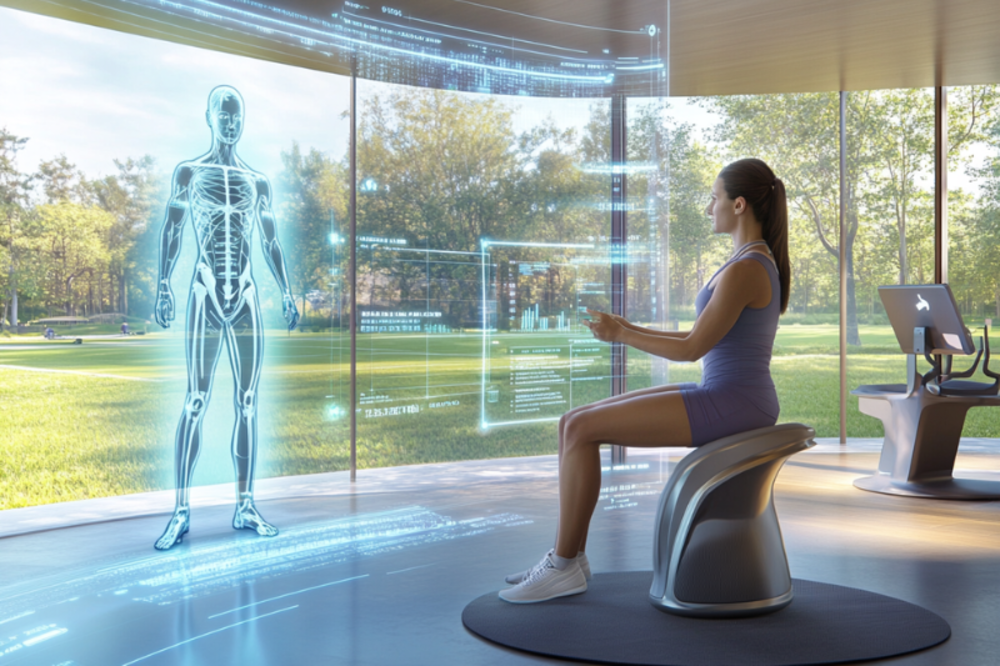
Recovery is just as important as the workout itself, and AI is making sure we’re not only training smarter but also recovering more effectively.
After an intense session, imagine having tools that automatically know what your body needs. That’s exactly what AI is bringing to the table.
Take Therabody and Hyperice, for example. These AI-powered recovery devices use advanced technology to target sore muscles and provide personalized treatment, from massage guns to compression devices, so you can bounce back faster.
Meanwhile, Whoop takes a data-driven approach by analyzing your sleep, strain, and recovery patterns to optimize your performance day in and day out.
It’s not just about physical recovery, though. AI is stepping into the mental wellness space, too.
Apps like Calm and Headspace use AI to guide you through personalized meditation sessions, helping you manage stress and improve your mental resilience.
These apps adapt to your mood and progress, offering tailored support when you need it most.
And when it comes to recovery strategies, AI-driven tools don’t stop at workouts. They provide insights into everything from post-exercise nutrition to stress management, ensuring a full-circle approach to wellness.
The Future of AI in Gyms
Here’s a glimpse into what the future holds for AI-driven fitness experiences.
Advanced Biomechanics Analysis for Injury Prevention

With AI-powered cameras and sensors, your workout can be monitored with precision, analyzing every movement to ensure proper form in real-time.
This detailed analysis would help prevent injuries by identifying improper forms and optimizing your performance.
Whether you’re lifting weights or performing a simple stretch, AI could guide you toward better results by refining how you move, turning every rep into progress.
Voice-Controlled Workouts Using Natural Language Processing
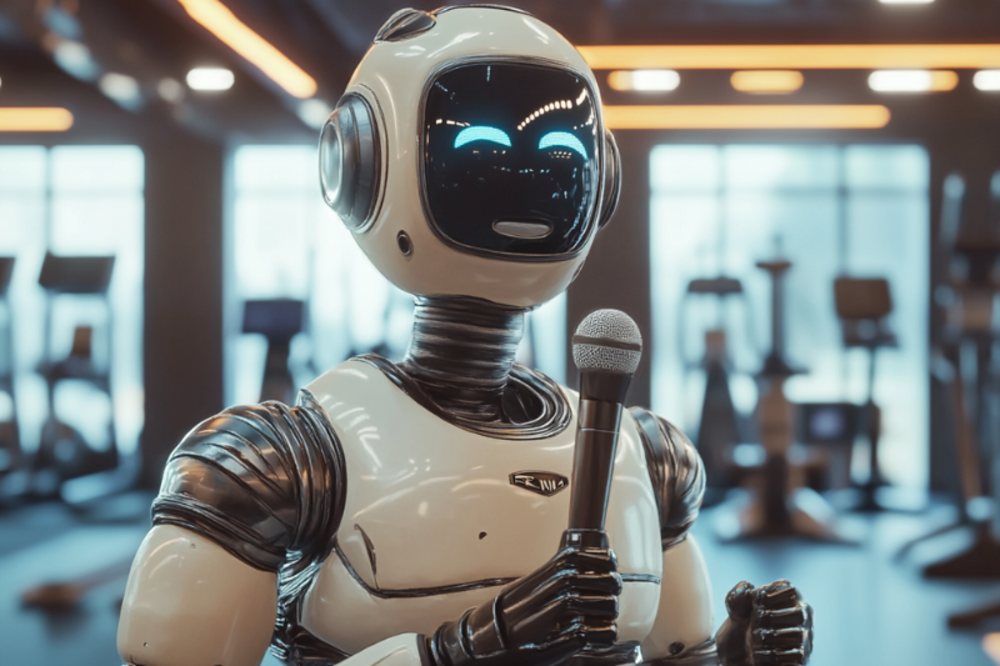
What if your workout responded to your voice? AI, powered by natural language processing, could allow for conversational interactions while you exercise.
Instead of manually adjusting settings, you’d simply tell the system what you need, whether it’s increasing intensity or switching exercises.
It’s a seamless way to stay in control without breaking your flow.
Continuous Health Data Tracking for a Holistic Approach
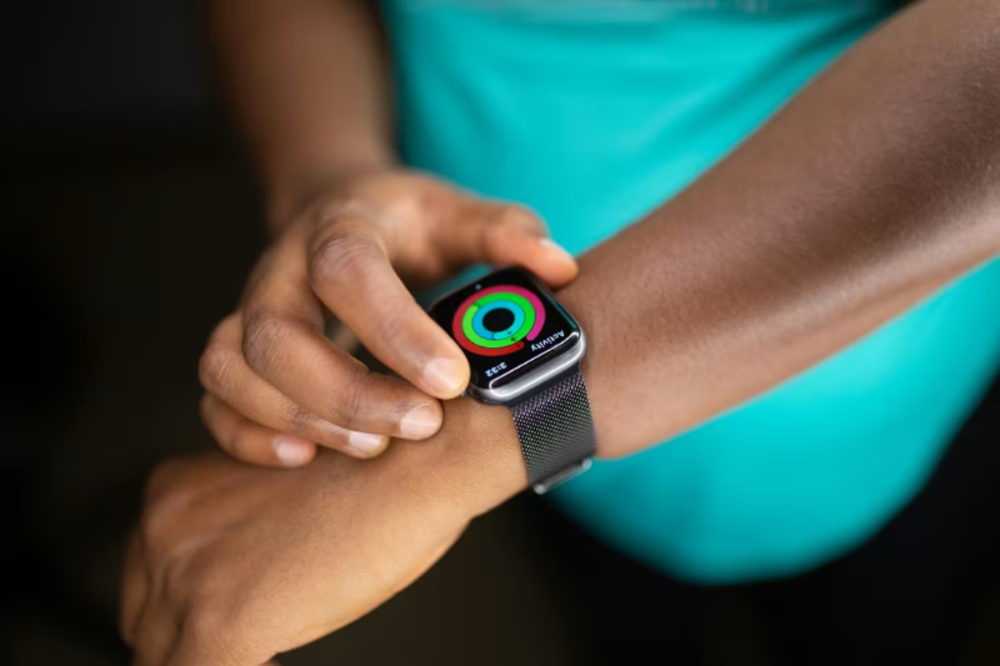
AI integrated with your smartwatch or fitness tracker wouldn’t just stop at workout data.
It would analyze your overall health, tracking sleep patterns, heart rate variability, and even stress levels.
By considering all aspects of your well-being, AI could create a fitness plan that adjusts based on your daily health needs, helping you perform at your best both in and out of the gym.
Check out the latest technology fitness trends here.
Real-Time Workout Adjustments Based on Your Data
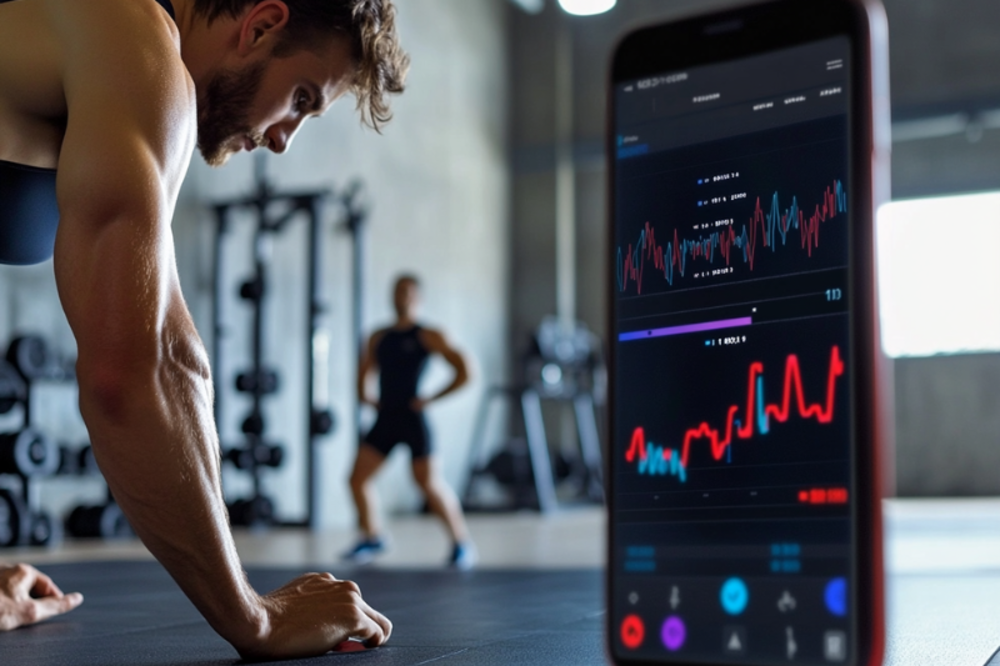
AI could elevate your workout by making real-time adjustments based on your current condition.
Using data from wearables, the system would automatically tweak your workout intensity or duration depending on factors like fatigue or recovery status.
Whether you’re ready to push harder or need to scale back, the system would ensure your routine always matches how you’re feeling that day.
Nutritional Syncing for Smarter Fitness Plans

With AI integration across smart scales and nutrition apps, your workout and diet could finally work in perfect sync.
As your body composition changes or your diet shifts, AI will adjust your fitness routine accordingly, ensuring that every aspect of your training aligns with your nutritional goals.
It’s a comprehensive approach that makes achieving results more efficient.
Integration with Medical Devices for Safer Workouts
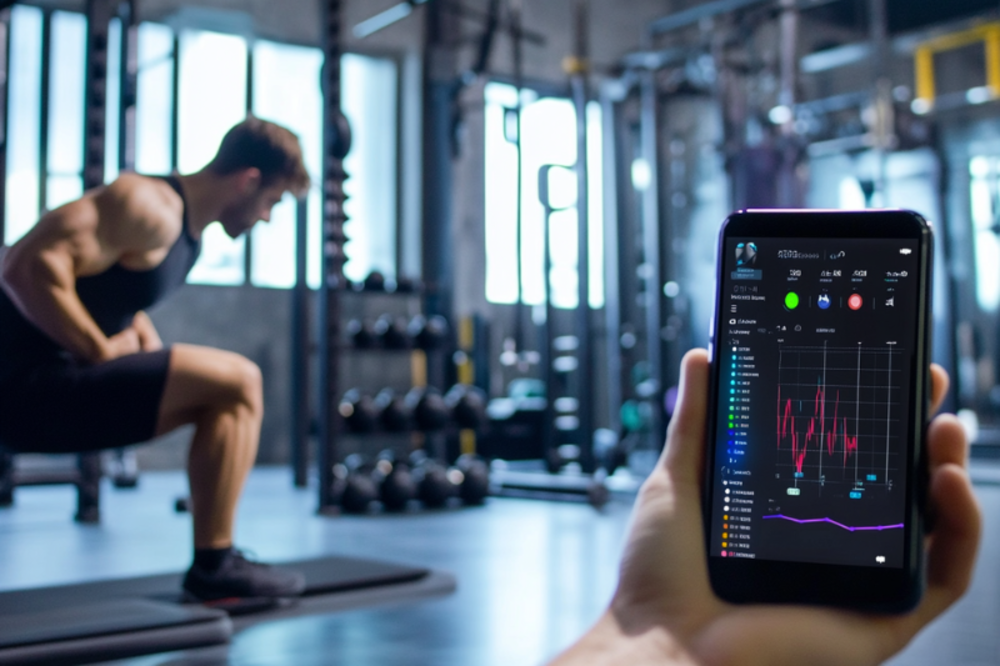
For those managing health conditions, AI would ensure workouts are both safe and effective by integrating with medical devices like glucose monitors or heart rate sensors.
The system would adapt routines in real time based on your health data, tailoring exercises to your specific needs.
This technology would make fitness more accessible, offering peace of mind while helping you stay active.
Environmental Adaptation for Smarter Workouts

AI isn’t just about what happens inside the gym. With wearable tech that tracks environmental factors like temperature or air quality,
AI could suggest indoor or outdoor workouts and adjust intensity based on the conditions.
Whether it’s a scorching day or perfect weather, AI will ensure your workout is always optimized for your surroundings.
Social Connectivity for Enhanced Motivation

AI could take fitness beyond individual health and fitness goals by connecting multiple users in group challenges, virtual races, or team-based fitness objectives.
This social connectivity wouldn’t just boost motivation, it would create a sense of community, even if you’re working out solo.
It’s an exciting way to stay engaged while pushing yourself to new limits.
Conclusion
From personalized workouts and smarter equipment to making fitness more inclusive and optimizing recovery, AI is transforming how we move, train, and even rest.
But at the heart of it all, fitness is still about connection—whether it’s connecting with our bodies, our goals, or each other.
AI can enhance that journey, offering tools and insights to help us reach new levels of performance and wellness.
The challenge, and the opportunity, is to embrace this technology without losing sight of what makes fitness so personal: the human element.
By striking that balance, we can look forward to a future where AI doesn’t just make gyms smarter but also more accessible, engaging, and effective for everyone.
